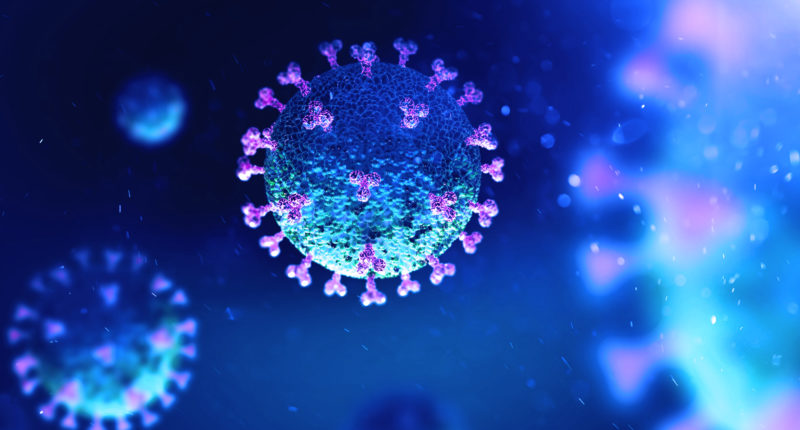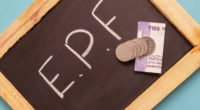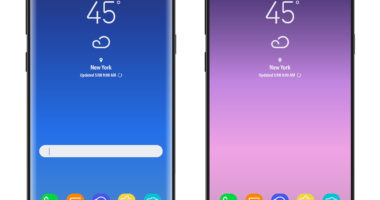A recent study implies that ultraviolet LEDs are capable of disinfecting surfaces that have come in contact with the novel coronavirus, This study explains as to how light can result in better ways of bringing down the virus transmission.
As per this study that got published in the journal ACS Photonics, UV light disinfection is widely utilised for disinfection purposes; nevertheless, its efficiency against reducing the pace of coronavirus spread is yet to be shown.
Christian Zollner, the study co-author from the University of California Santa Barbara in the United States, mentioned that there is one significant application of UV light in medical situations. UV light is used for the decontamination of surfaces, floors, and personal protective equipment within the HVAC systems.
Christian Zollner, whose research focuses on advancing deep UV light LED technology for purification and sanitation purposes, added that UV-C disinfection products already have a small market in medical contexts.
Pointing out the various forms of UV light, Zollner said that UV-A and UV-B are light which Earth receives courtesy from the Sun with essential uses, and the unusual UV-C is the light of choice for inactivating microbes and also for purifying air and water.
Zoller also mentioned that the UV-C light in the wavelength range of 260 – 285 Nanometer is most appropriate for the present disinfection technologies; however, it is also harmful to human skin. Hence, for now, it is mainly used in applications where nobody is present at the time of disinfection.
Also Read: Evolution of the Fintech Platforms in India
Zoller believes that UV LED will need a lot of technical advances to achieve its potential in terms of performance, reliability, cost, and lifespan.
During the research, the scientists have reported a simple procedure for fabricating high-quality deep UV-C LEDs. This, as per the study, includes depositing a film consisting of the aluminium gallium nitride (AlGaN) semiconductor alloy on a base which is made of silicon carbide (SiC) — a departure from the most commonly used sapphire substrate.
Zoller mentioned that the use of silicon carbide as a substrate permits a more cost-effective and efficient growth of high-quality UV-C semiconductor material versus the usage of sapphire. He also added that silicon carbide is much less costly than the “ideal” aluminium nitride substrate, making it more productive-friendly for mass production.
As scientists across the world rush to find COVID-19 vaccinations, treatments and cures, Zollner suggests that disinfection, isolation, and decontamination are the only tools to protect people and that the solutions will need to be deployed across the world.
For any clarifications/feedback on the topic, please contact the writer at bhavana.pn@cleartax.in
Bhavana is a Senior Content Writer handling the GST vertical. She is committed, professional, and has a flair for writing. When away from work, she enjoys watching movies and playing with her son. One thing she can’t resist is SHOPPING! Her favourite quote is: “Luck is what happens when preparation meets opportunity”.





